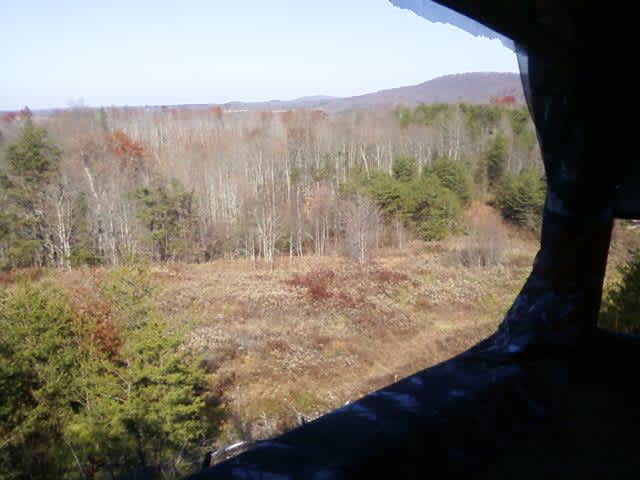From the Field: Blind or Stand Placement and Wind Direction
Tennessee Outdoorsman 10.31.11

As a follow up on our last article Placing Your Blind or Stand, we wanted to place some emphasis on wind direction and how it can affect your hunting set up. Being a wildland firefighter I have learned a thing or two about wind currents. The wind much like the tide will ebb and flow. Recognizing these wind directions and their related times throughout the day will increase your chances of tagging a deer.
Morning and evening winds will most often be in different directions. Many places will experience an increase in wind intensity in the noon hours lasting on into the afternoon. In mountain regions the morning winds will be up slope and then down slope in the evening hours. As a hunter wanting the edge over your game of choice, you will need to observe these conditions for a period of several days to determine the normal wind flows for the location you are hunting.
Most new hunters make the mistake of either not observing these wind changes or they observe them and don’t factor in other important weather events that may effect wind direction. You need to know what the weather is doing. Approaching fronts will change your wind direction drastically and suddenly. If you have chosen a location based on a wind direction but fail to observe an approaching front, you will find yourself sending scent in several directions throughout the day and alerting the game to your presence.
Break your hunting location down into smaller positions. Providing you have not already done this, you will need to determine the direction your game will be traveling for the morning and evening periods. Have one position for morning so that the wind is in your face, and then select another location to place the wind in your face during evening hours. Sometimes you may not observe much of a change at all. The wind change may be very subtle but more likely than not there will be a change of some measure. Once you have your games travel directions and wind patterns pinned down along with your set positions, you will have a greater chance at success.
When it comes to wind direction, as we said earlier weather fronts can have a huge impact on your hunting. Understanding the wind patterns before, during and after the passing of a weather front can, to a few, seem very complicated. In a later article we will try to break down what happens during the weather front, how it effects the wind direction, why it affects the wind direction and help you put a lid on how it can affect your hunting.
Tennessee Outdoorsman is sponsored by Cass Creek Game Calls and Outdoor Active Gear.

